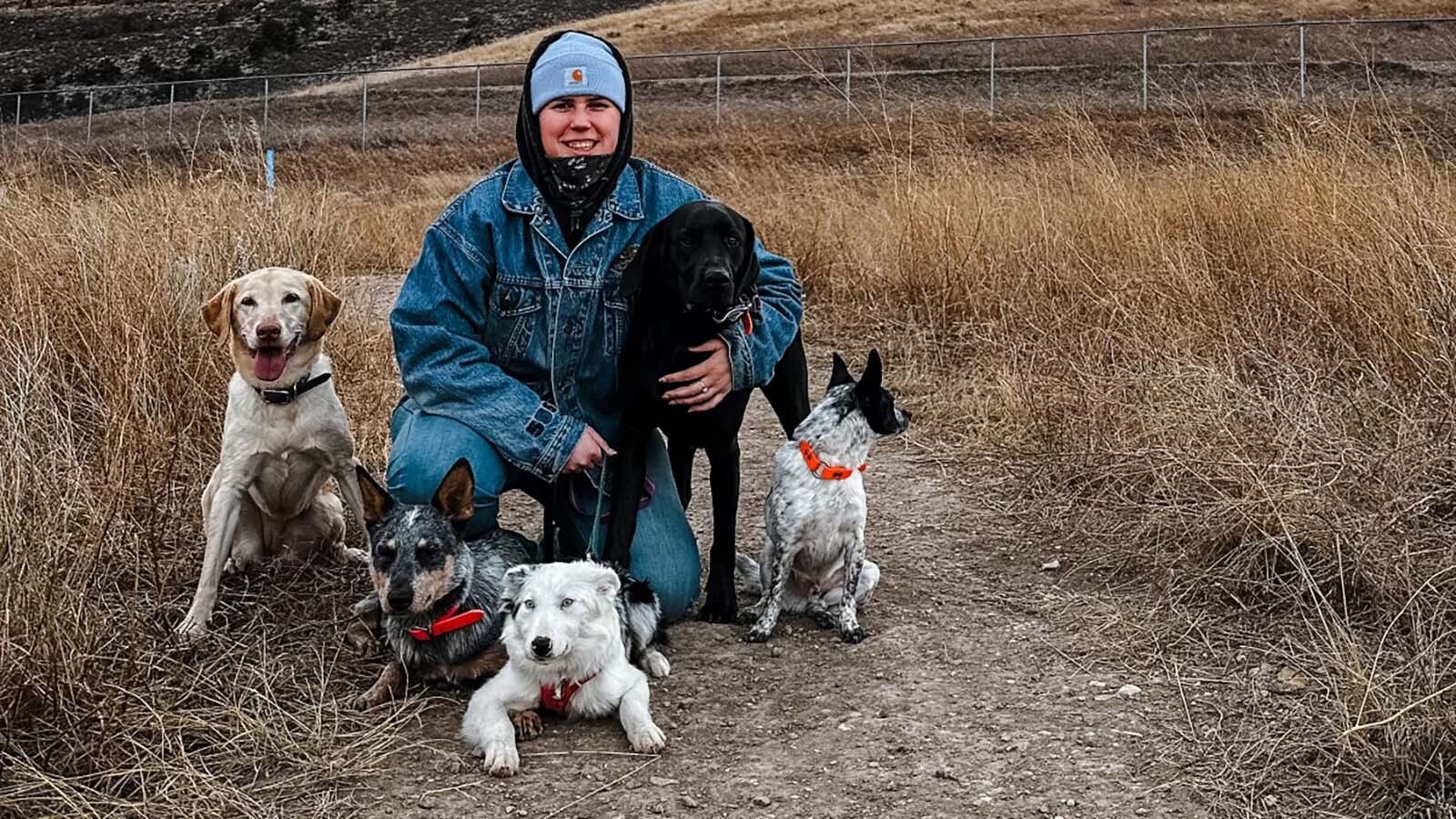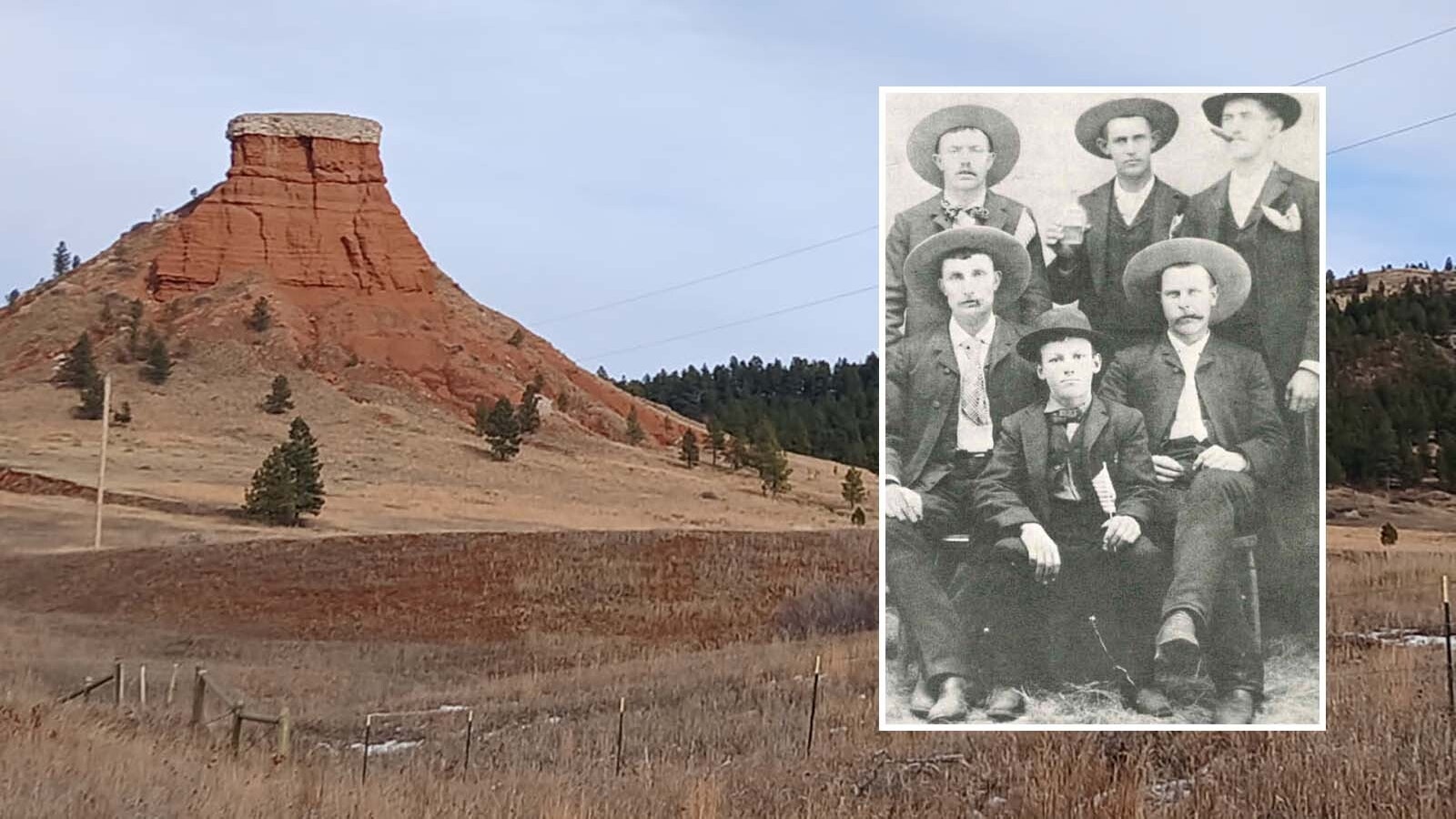Dave Stamey is the Dua Lipa of dance, the Bob Dylan of folk, the Donna Summer of disco. He’s to Western music lore what Elvis and the Beatles were to the ’50s and ’60s.
The cowboy singer-songwriter is one of the most celebrated Western entertainers alive today. Eight-time Entertainer of the Year, seven-time Male Performer of the Year and five-time Songwriter of the Year by the Western Music Association. He received the Will Rogers Award from the Academy of Western Artists and was voted into the Western Music Hall of Fame in 2016.
He’s been dubbed the Charley Russell of Western Music for his ability to paint a Western landscape with his lyrics. One listen to this campfire crooner and you’ll feel like you’re in 1880. Or 1980.
But it will be a time going extinct, a place where there’s unity in community and it’s hard to keep the dust down in summer.
He speaks to, and of, towns like Cedarville, California; Burns, Oregon; and Chugwater, Wyoming. Tiny flecks of ranching and farming communities ever on the verge of losing their post office for inactivity. One church, one motel, but three tack shops.
Stamey sings about forlorn feedlots and pastoral prairies where the cowboy is still king. Songs of time gone by, but time frozen, and still here today in recognizable pockets of rustic countryside.
“The rural American West is my bailiwick. It is one of the most underrepresented segments of the population. The media focuses on everything urban,” Stamey said. “These salt-of-the-earth folks never get talked about. No recognition. Anything going on in their world comes from word of mouth. And people really appreciate that I can be their messenger on stage with a guitar.”
Humble Beginnings
No mule packer ever got a head too big for his Stetson, and Stamey is equally as humble. He’s trailed cattle and dudes, led mule trains and preg-checked cattle in a driving snowstorm. His calloused hands can throw a diamond hitch as well as they can form a G-chord.
When asked how went from buckaroo to balladeer and became the premiere Western music performer of the day, Stamey’s answer is as terse and unassuming as cowpokes often are.
“Attrition,” he responded. “I'm the last guy standing.”
True. Legends who paved the way before him have largely come and gone. From Gene Autry, Roy Rogers and Marty Robbins to more contemporary artists like Don Edwards, Ian Tyson and Waddie Mitchell, the singing cowboy has all but rode off into the sunset.
As for Stamey, now in his 60s, he thinks he has another 10-15 years in him.
“At least 10, I’m hoping” he said.
Stamey’s calendar year begins with catching up on emails and business-related correspondence from the winter. On his modest cattle ranch in Tulare County, California, southeast of Fresno, he’ll get a-horseback as often as he can when he’s not touring.
Once spring hits, it’s time to restring the guitar and hit the road.
“It gets crazy busy starting in April, and I go pretty strong through summer up until about November,” Stamey said. “I’ve been real fortunate to be able to tour incessantly for the last 20 years. Four days a week is about my max. I try not to do more than three shows a week.”
Without radio airplay, conventional marketing, and TikTok or other social media, it is his live performances that keep the beat alive. The modern-day troubadour earns every fan one paid ticket at a time.
“I’ve been very fortunate to have established an audience that wants to see me out there,” Stamey said.
And they come from miles around. Stamey doesn’t usually play metropolitan areas like Denver or Salt Lake. His big concerts are more like “Hay Days” in Driggs, Idaho, where Stamey was on June 20, and the WYO Theater in Sheridan, where he’s sold out all 479 seats for the show on Saturday, June 29.
“These are my people who come out. By and far they live the lifestyle. They appreciate the old-fashioned values I sing about,” Stamey shared.
Guitar-Wielding Gaucho
Stamey has released 16 albums but none are like his live shows. Each song is usually set up with an introduction, some background sprinkled with a little comedy.
“I just tell stories. It’s an artform as old as time. Story-telling goes back to the days we all wore fur and lived in caves,” Stamey said. “I really like to research my songs and stories and share that with audiences.”
There’s something about the way Stamey connects to the bucolic life of the blue-collar crowd. He can describe the contents of a pickup truck bed in a poetic way…and has.
“I try to make performances as much of an audience participation as I can. If the heartfelt ballads ain’t working, I’ll pick it up some,” Stamey said. “I don’t do the Bob Dylan thing where you ignore the audience. My job is to entertain.”
His shows are steeped in a campfire intimacy, and it’s no wonder.
“I started as a campfire singer when I was working packing mules in my early 30s. I was about 32, I guess, when I finally listened to my wife who suggested I break out the guitar and play for people at the end of a long day,” Stamey said. “I always thought, ‘I ain’t got time for that.’ Finally, I did it, and it just snowballed from there.”
Over more than two decades, Stamey’s touring has taken him to every state but North Dakota (“I'm not sure why that’s the only one left,” he said). But it took him some time to win over Wyoming.
“Surprisingly, it took me a while to get broken into Wyoming. I think it’s the lack of places hiring live music. And the state is so spread out with sparsely populated areas where you can’t get a job playing because I don’t play bars or anything like that,” Stamey said. “I finally managed to weasel my way into Wyoming in the last 10 years.”
When Stamey plays in Sheridan this weekend it’ll be like a homecoming for the Montana native.
“I was born and raised in Yellowstone County, Montana, just up the road. To do anything in Wyoming in those days it was always Sheridan,” Stamey said. “So, I knew I had a small following in that part of the state, but I didn’t know it was quite as strong as it seems to be. I better bring my ‘A’ game this weekend.”
Stamey’s relentless touring has found him in some strange places. Shows that he says he’ll never forget.
“I guess the weirdest place I’ve played is Beverly Hills, California. There was a guy who liked my music and he was very wealthy, owned two estates out there. He had me out to do a party at his house once and then again for his son’s engagement party,” Stamey recalled. “They looked at me like the RCA dog. They had no idea what I was about or why I was there. It amuses me still.”
And then there’s stops east of the Mississippi where the Western lifestyle is embraced like a well-worn King Ropes ballcap.
“There are places in Pennsylvania, West Virginia, and Indiana where I’ve played. Where a small bunch of folks across the country enjoy these big branding kind of things. Places that are very much eastern or southern. There are trees and hills and it is humid, and you top a hill and there are a bunch of guys with flat hats riding Wade tree saddles. It’s crazy.”
From Hank To Dave, The Beat Goes On
As a kid, Stamey idolized Hank Williams.
“He took over my life in a major way when I was 12 years old,” Stamey admitted. “My father owned an MGM album titled ‘Hank Williams—The Drifting Cowboy.’ I stole that record from my father. Stole it. I snuck it into my room and played it over and over and over again so many times I finally had to tape a quarter to the tone arm to keep the needle from bouncing out of the grooves.”
Stamey says it wasn’t the music or the lyrics that captured him. It was Hank.
“That voice. It was visceral,” he said. “There was something in that voice that cut straight through me and latched itself to the inside of my spine and just vibrated there. It was real. It was a wail. A howl against everything. The sound of a man trapped, a man in pain. A man lost.”
After his parents bought him a cheap Montgomery Ward guitar, Stamey immersed himself into the Hank Williams songbook.
“I didn’t want to learn anything else, I didn’t even want to hear anything else. I went at it with the single-minded ferocity that consumes a pimply-faced adolescent when he finally finds that thing that will light him up for the rest of his life,” Stamey said.
His dad dragged him out of his room time and again to feed cows, fix fence, stack hay. Once done choring, the teenage Stamey would head right back to his room to learn another Hank song.
Nowadays, it’s Stamey who sparks a younger generation. Artists like Colter Wall and Jason Dea West have covered Stamey’s songs and credit the Montana music man as being a source of inspiration.
A full circle lap as tested and true as a roundpen session with a ‘broncy’ colt.
Jake Nichols can be reached at jake@cowboystatedaily.com.








